Blog articles
Fossil profile: AL 400-1 mandible and the curving line of human evolution
Australopithecus afarensis was an early member of the hominin lineage, but it was not intermediate between humans and living great apes in all ways.
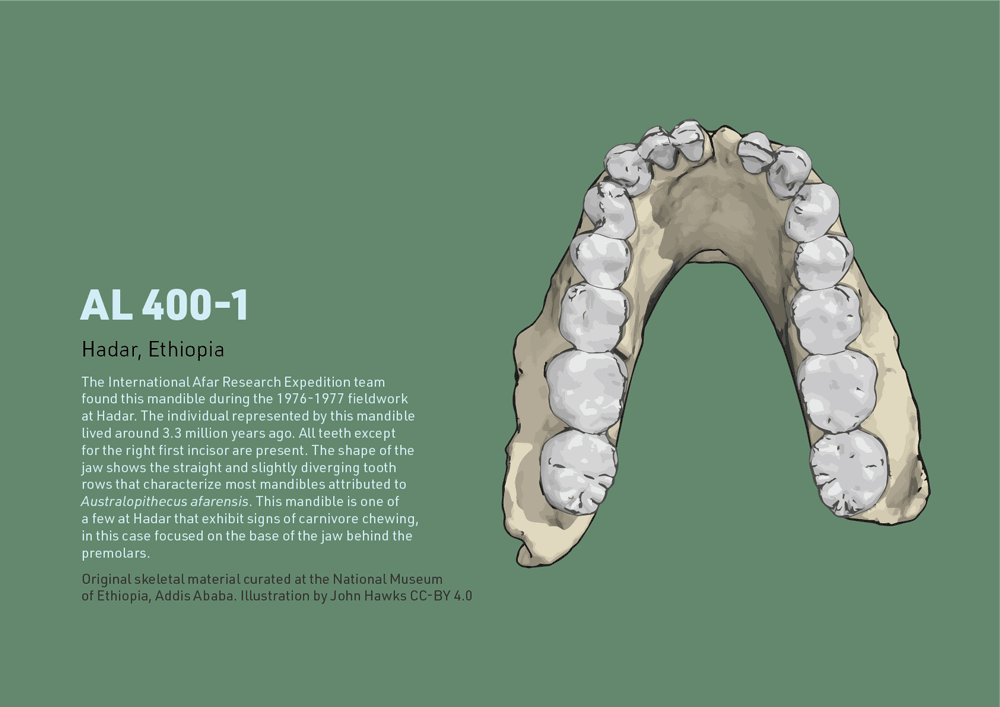
Research highlight: A partial skull from Rising Star
Our team uncovered the tiny skull in a near-impossible crevice deep in the cave system.

Fossil profile: Skhūl 1 and the mixing of populations
A child's skull from Mount Carmel gives an occasion to look at the history of ideas about population mixture.
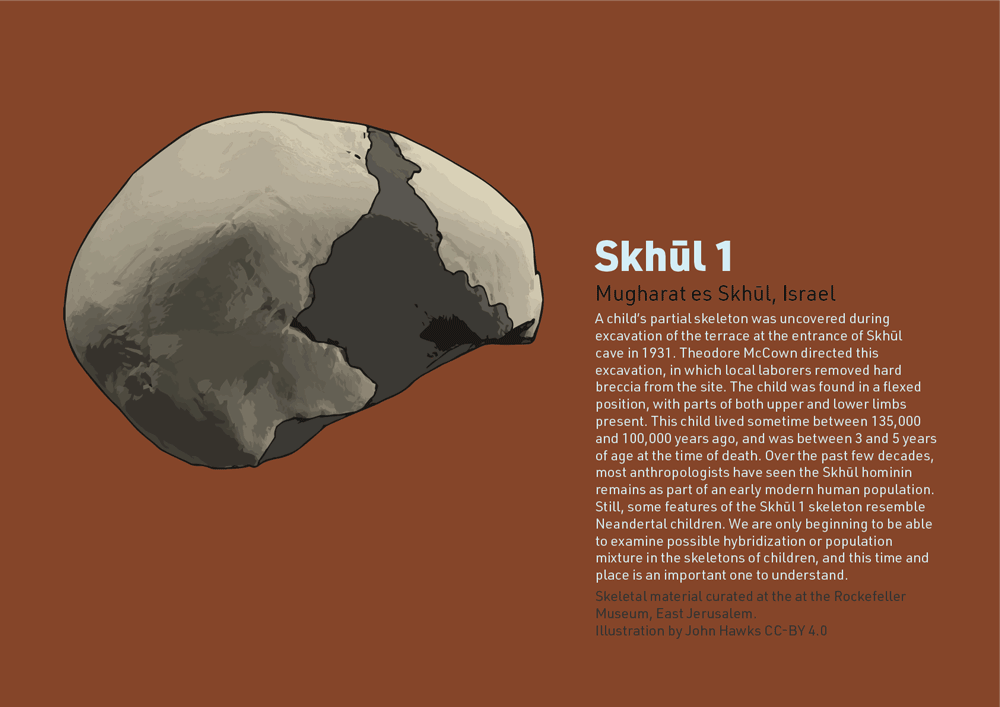
Zlatý kůň and the Neandertal heritage of first Europeans
A skull from Czechia represents an individual from one of the earliest European modern human populations to encounter Neandertals.
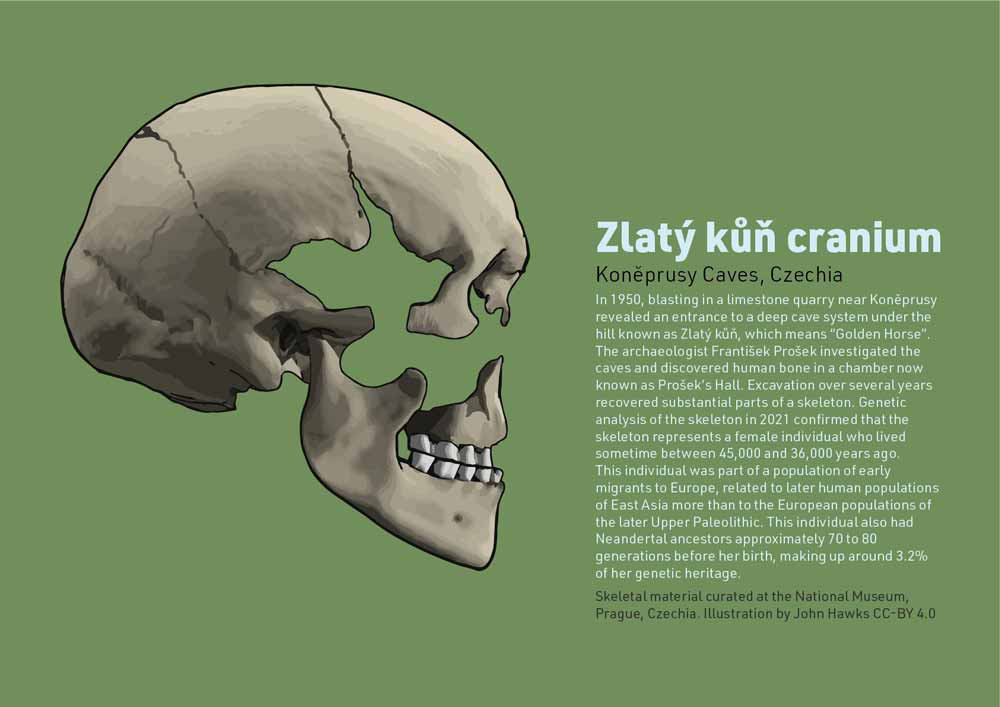
Lecture: New mysteries of human origins
Looking at the new discoveries of the last decade and how have changed the questions we're asking about human origins.

Fossil profile: Sangiran 31 and the exceptionally thick skulls of Homo erectus
One of the thickest skulls in the hominin fossil record gives insight about the variation in this ancient species.

Ancient genetic introgression between cave hyenas and spotted hyenas
Describing the results of genomic work by Michael Westbury and collaborators, including ancient hyena genomes from Eurasia and North America.
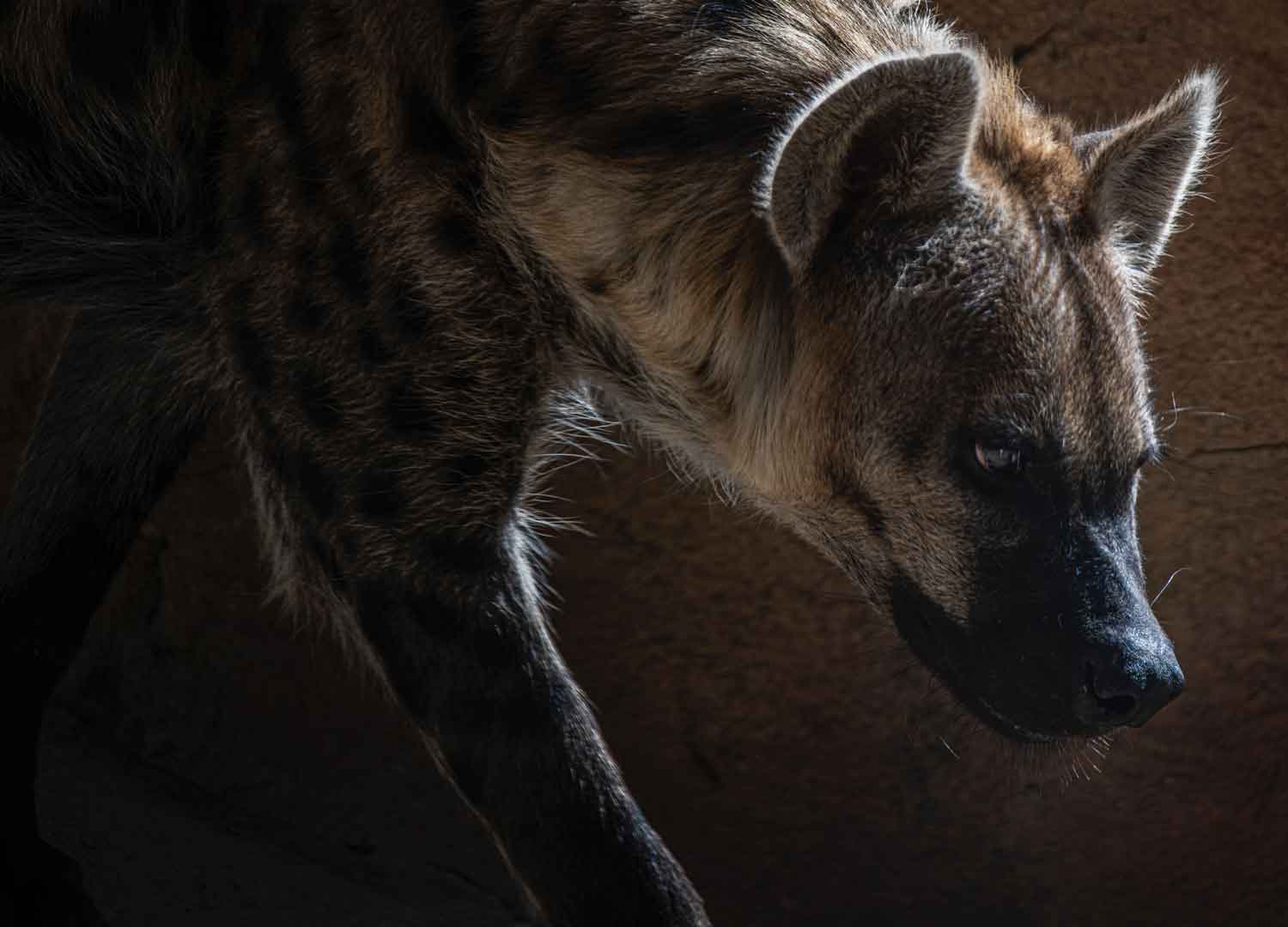
Brain-body allometry revisited across mammals
Reviewing a 2021 paper in Science Advances by J. B. Smaers and coworkers, which looks at brain-body allometry across mammals.

Fossil profile: U.W. 101-258 and humeral torsion
A humerus from the Dinaledi Chamber gives some insight into the behavior of Homo naledi.

Fossil profile: BOU-VP-16/1 and mortuary practice
A fossil from Bouri, Ethiopia, represents an individual whose skull was processed after his death.
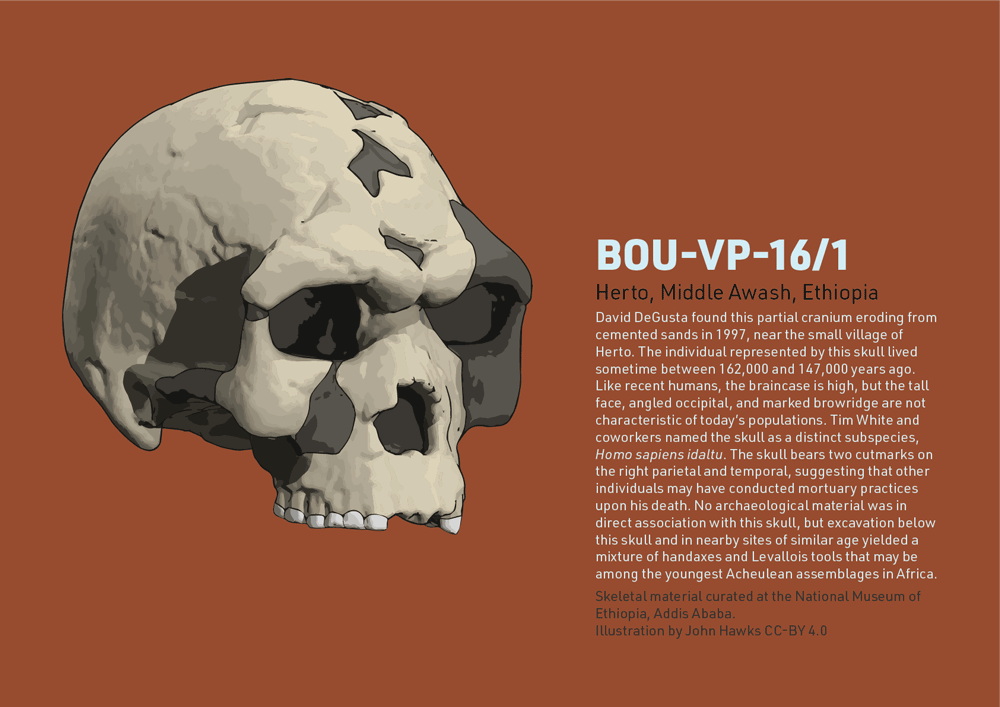
Research highlight: Looking at what Darwin knew about primate relationships
I provide a context for Darwin's ideas about human and primate relationships and update Descent of Man with today's knowledge.
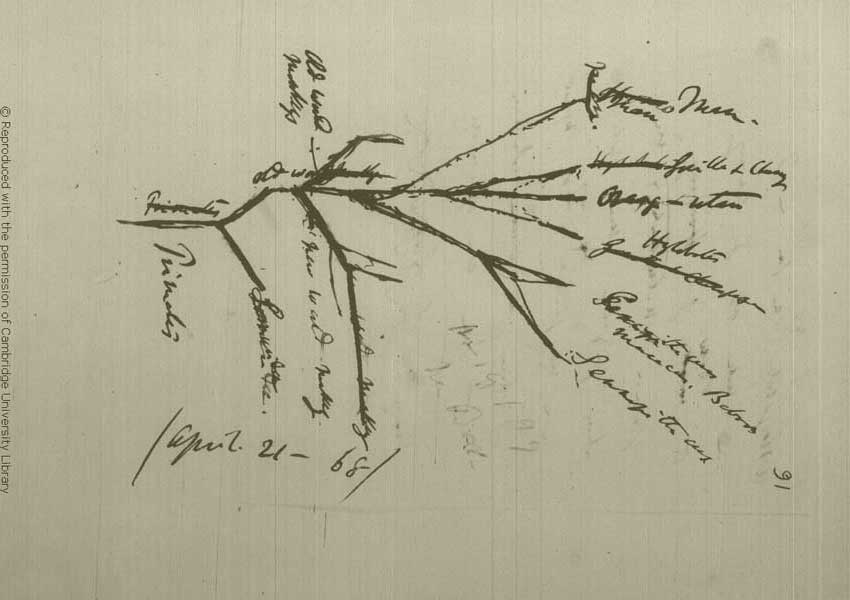
Research highlight: Accurate depiction of uncertainty in ancient DNA research: The case of Neandertal ancestry in Africa
An article in the Journal of Social Archaeology looking at how researchers shaped public perceptions of Neandertal DNA heritage in living people.

How the lives of mothers matter to offspring survival in wild primates
A paper by Matthew Zipple and coworkers finds that the survival of young primates depends on their mothers "well beyond the age of weaning".

A palimpsest of artifacts on a glacial landscape
A look at work by Lars Pilø and coworkers who have collected artifacts from a melting Norway glacier.

Looking at the traces of wear on tools used by capuchin monkeys
Studying microscopic traces of wear on tools helps create a comparative body of data for early hominin use of tools.
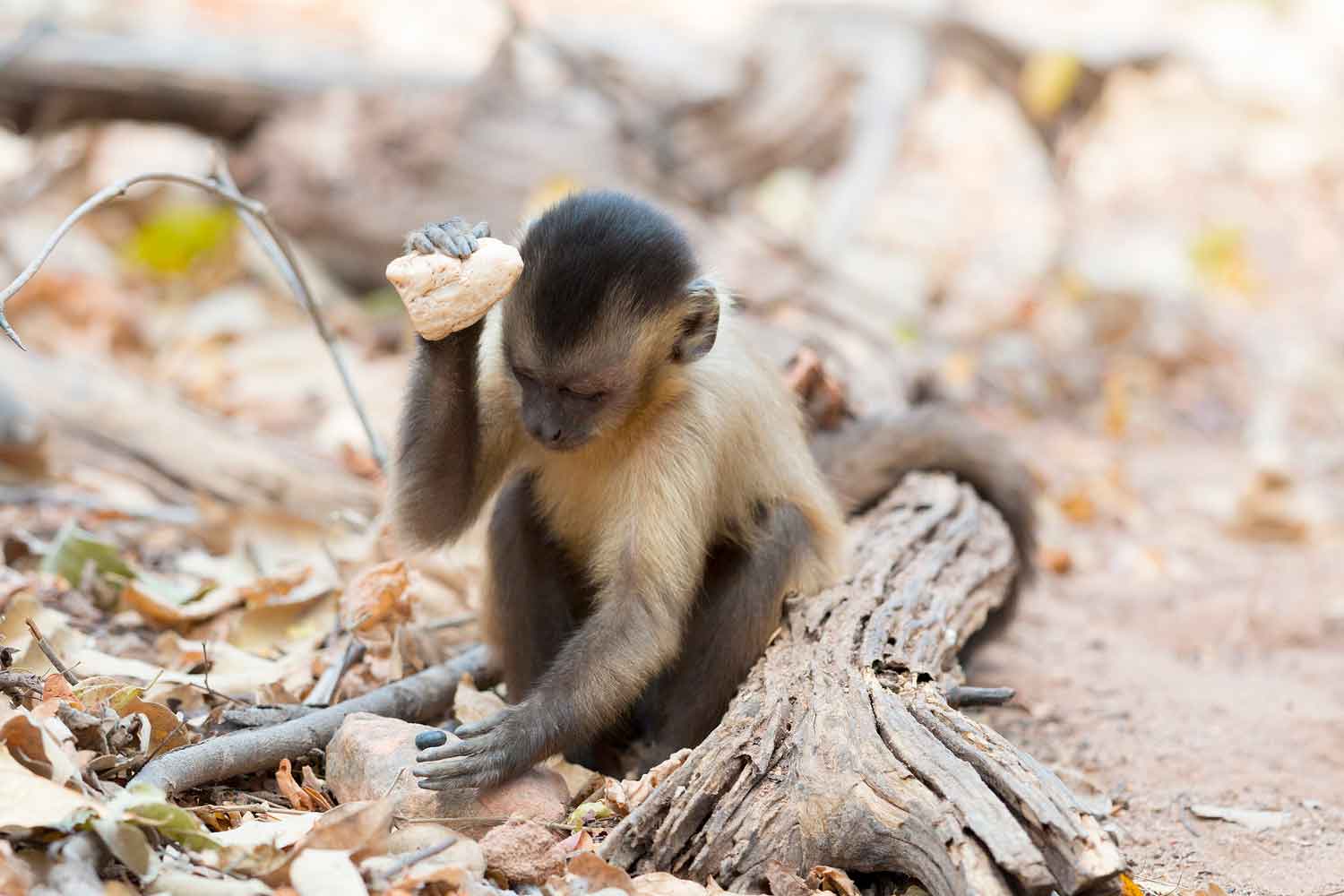
Research highlight: Making ancient DNA more ethical
I helped to draft a statement for the American Society of Human Genetics on responsible research on ancient DNA.

An update to the 23andMe ancestry algorithm, how it constructs a model of ancestral populations
A blog post from the company describes for beginners how ancestry inference works.

Why does ethical ancient DNA sampling seem so complicated?
Working with communities can be challenging but is essential to build a strong science of the past.

Research highlight: A look at the questions raised by Homo naledi
A chapter that presents some of the key topics shaping our continuing investigations of the Rising Star cave system.

Research highlight: How the pandemic must change field research
A group of field scientists come together to evaluate the impact of COVID-19 on our work.

Research highlight: Sexual dimorphism in the relationship between the gut and pelvis
We test the notion that pelvis dimensions can yield accurate estimates of gut size in fossil hominins by looking at today's people.

Goat immunity modified by introgression during and after domestication
A new paper in Science Advances describes some of the evidence for selection on introgressed genes in goats.

Neandertals got 6% of their genomes from Africa
An analysis by Melissa Hubisz and coworkers finds that mtDNA is not all that Neandertals received from our African ancestors

The genetic ancestry of modern lions
A comparison of surviving populations of lions in Africa and India with extinct lions, including cave lions from Siberia and Yukon.
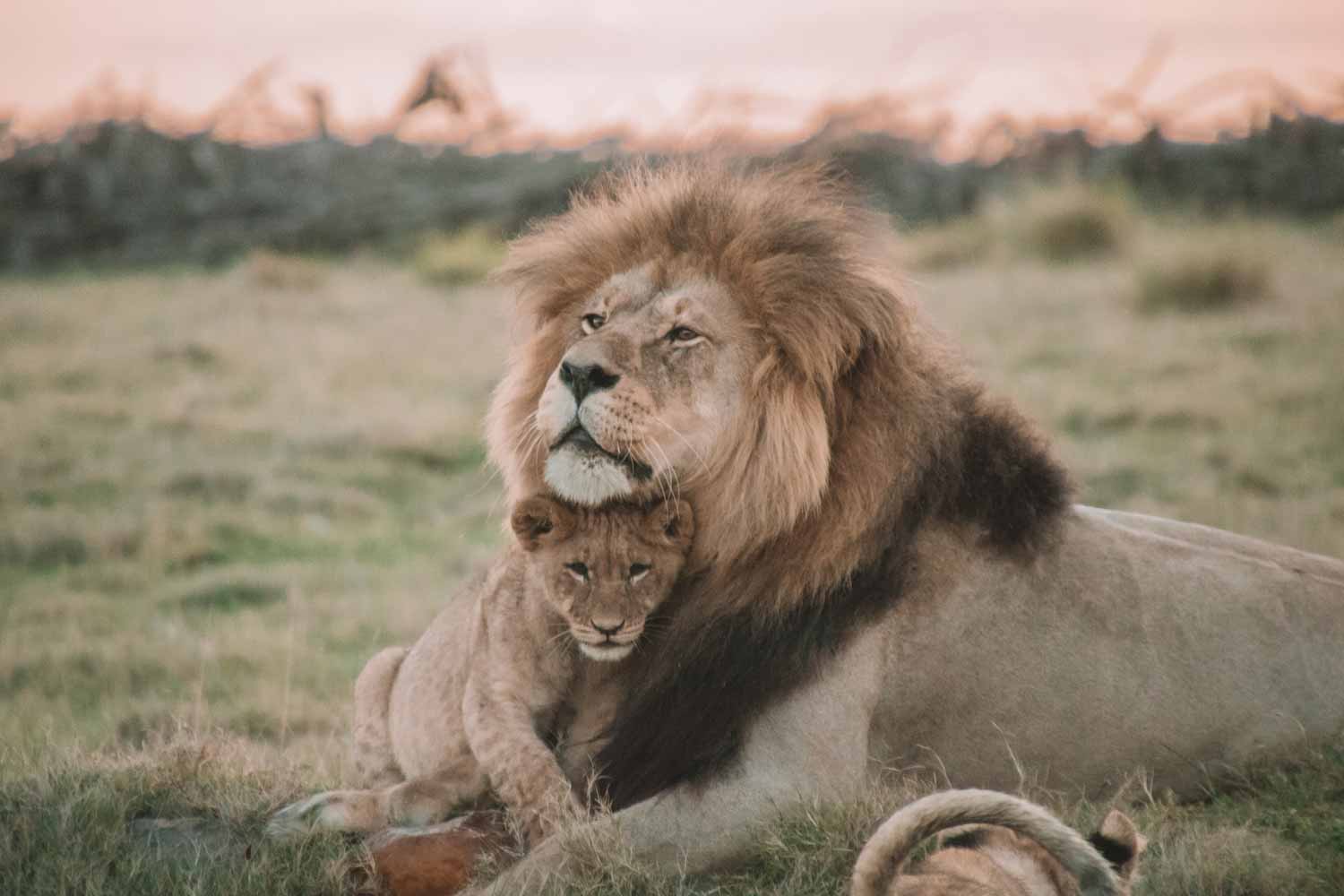
How much Neandertal DNA do today's African peoples have?
New research shows that today's populations in Africa have around one third the Neandertal ancestry as people in Eurasia.
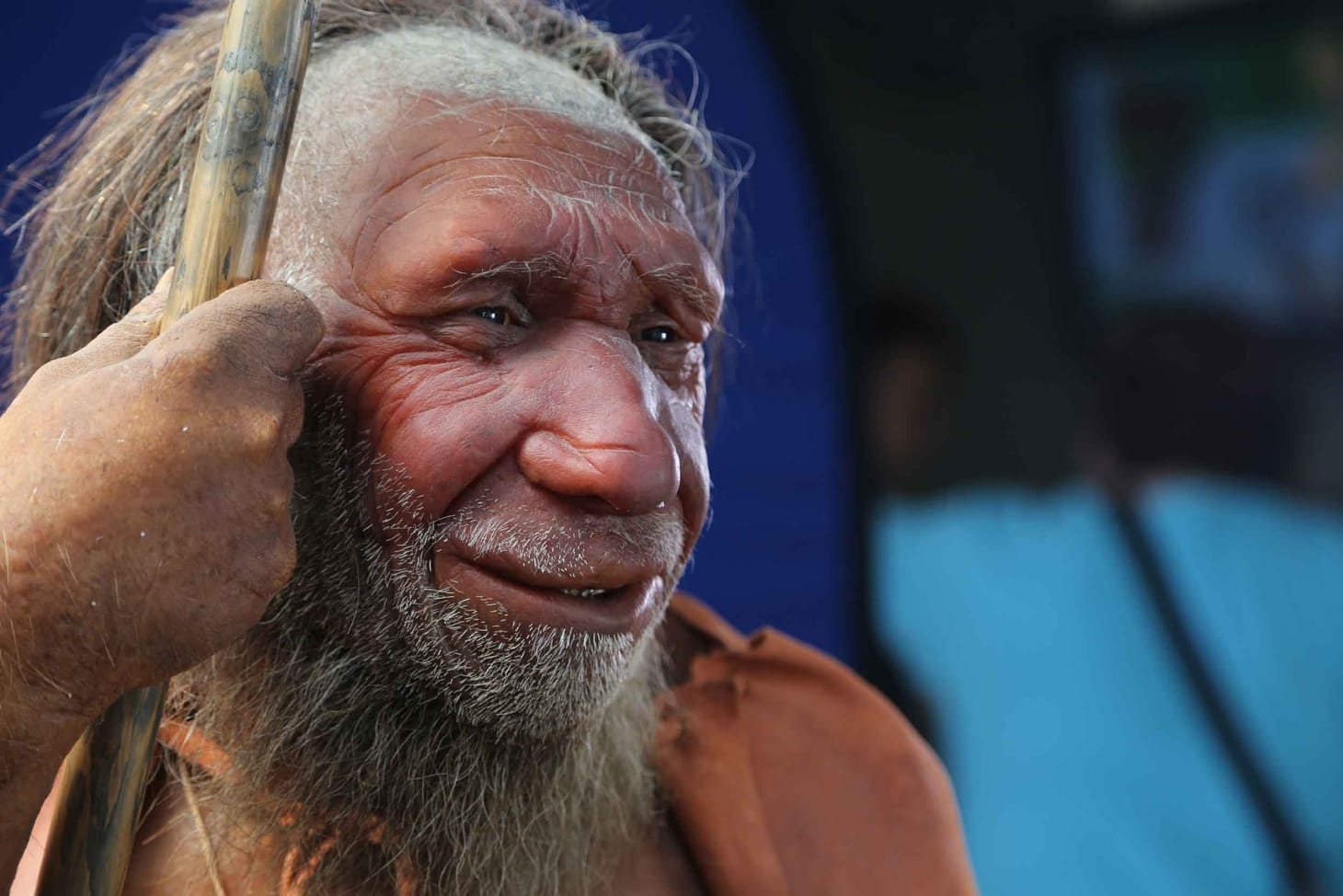
The transition to Middle Stone Age from Acheulean did not make humans more deadly
Reading a meta-analysis of faunal data by Geoff Smith and coworkers that concludes that all Middle Pleistocene African peoples hunted the same prey animals.

An enormous sample sheds light on the Denisovan ancestry of people in Iceland
Laurent Skov and coworkers have measured the very small amount of DNA shared within the Iceland population from Denisovan ancestry and they discuss several scenarios for how it may have gotten there.

Chicken ancient DNA and artificial selection during medieval times
A study on change in European chickens over time illuminates the challenge of studying selection in populations with immigration from other sources.
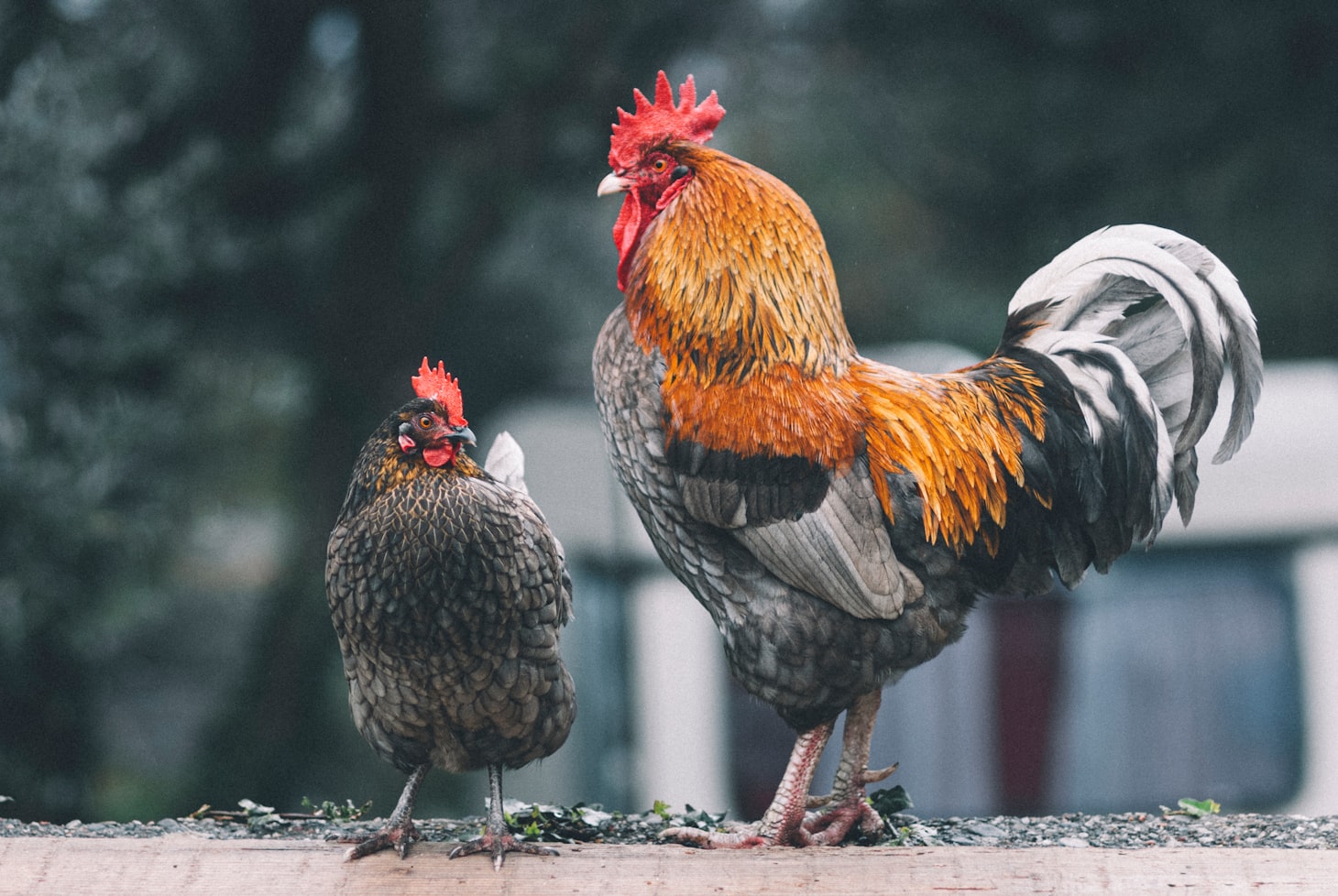
How much have baboons and geladas hybridized during their evolution?
Examining a paper that uses Alu insertions as a probe for ancient reticulation in the papionin tree of relationships.
There are no “anatomically modern” elephants. Why do we treat humans differently?
A quote from Phillip Tobias illustrates the strange way that we talk about human variation compared to other species.
